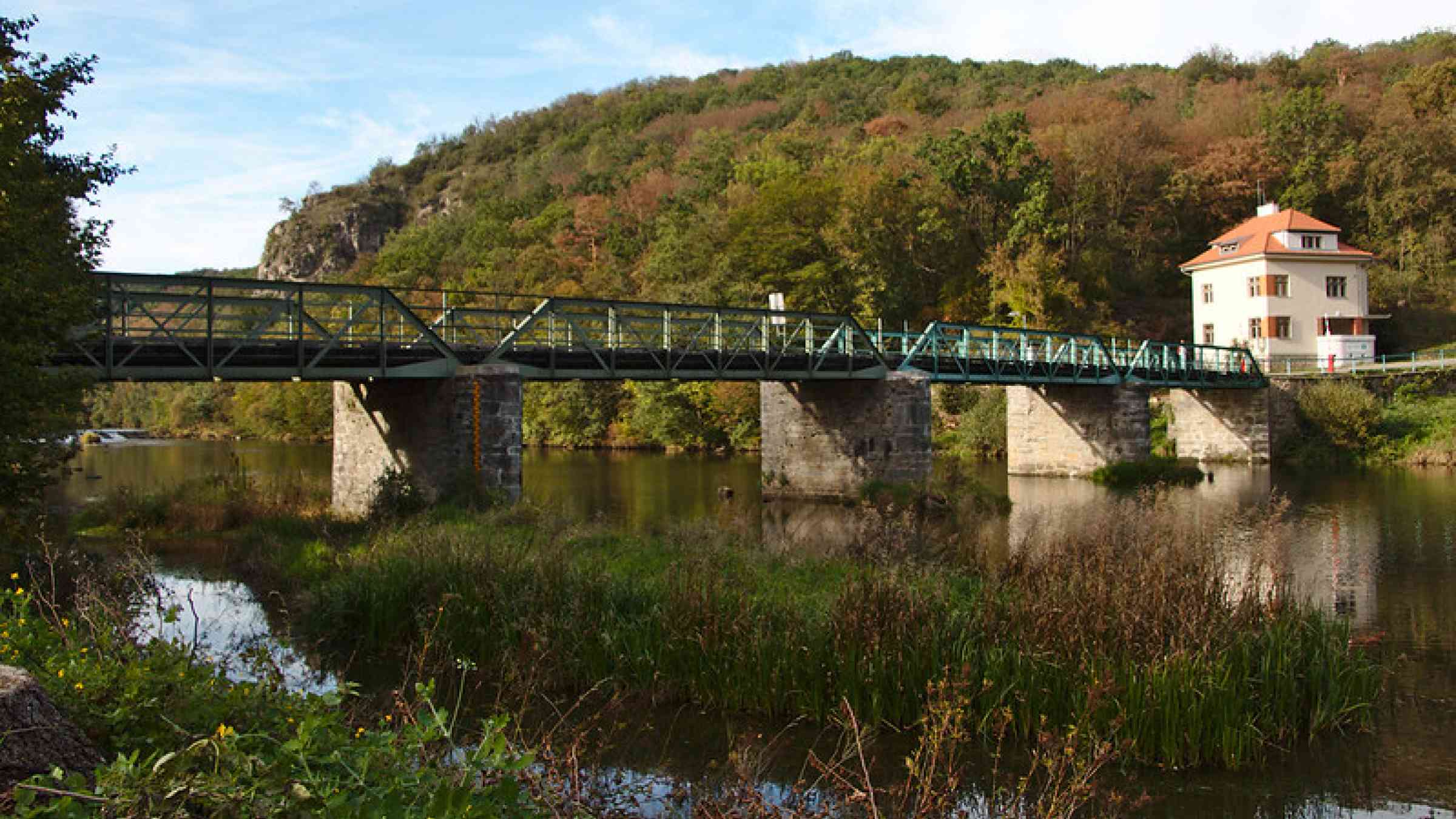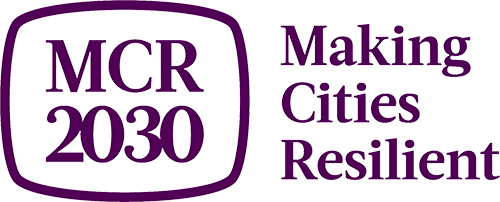Brno aims for water balance in era of climate change

Cities that understand their climate risk are in a better position to address it. MCR2030 service provider DHI relates how it is supporting the Czech city of Brno and its surrounding area to manage drought risk
The city of Brno is investing in a better understanding of its climate future so that it can better protect its citizens and their livelihoods. Drought and water security issues are increasingly common in the South Moravian Region, which is home to the Czech Republic’s second biggest city.
The city recognizes that it needs to make better-informed decisions to effectively manage its water resources within the Thaya River basin. This is a big challenge as drought risk in the context of climate change is complex and difficult to fully understand. It has broad systemic impacts on societies, economies, and the environment. Such complexity places significant pressure on exposed local and regional authorities to take effective and sustainable adaptation measures. DHI established a modelling framework for the entire Thaya River basin (using its MIKE SHE software) to help Brno have a fuller picture of the challenges it faces and how best they can be addressed.
The model performed simulations of the area’s ‘water balance’ of the past 50 years and compared these with projections under various climate scenarios over the next 50 years. DHI created a ‘digital twin’ of the entire water cycle in the catchment that simulates the entire water system and how it interacts. The model simulates overland flows – in both saturated and unsaturated areas – underground flows, as well as evapotranspiration (total water loss to the atmosphere from the land) and snow melt.
DHI’s partnership with Brno recognises that such assessment and evaluation of drought risks provides a solid foundation to systematically revise water management practices in the light of new information. This provides significant potential benefits enabling Brno to use the modelling framework to develop a more comprehensive understanding of its drought risk and its causes. The model has the potential to test different adaptation measures to assess their effectiveness under future climate scenarios. This improves decision making and the probability of appropriate adaptation as opposed to maladaptation investment.
Drought impacts and resulting water security issues in cities cannot always be properly addressed at the city level. A more sustainable approach in the long-term is to consider the wider scale and look for potential causes and solutions at the catchment or sub-catchment level. Partnership has been fundamental to the initiative with both the Global Change Research Institute of the Czech Academy of Sciences (GCRI) and Morava River Basin Authority (Brno) playing important roles. Another example of DHI’s support to urban water management is in Gothenburg, Sweden. To read a more in-depth case study, click here. DHI has experience of addressing challenges related to the water environment be it a river, reservoir, ocean, coastline, or aquifer in 140 countries.

